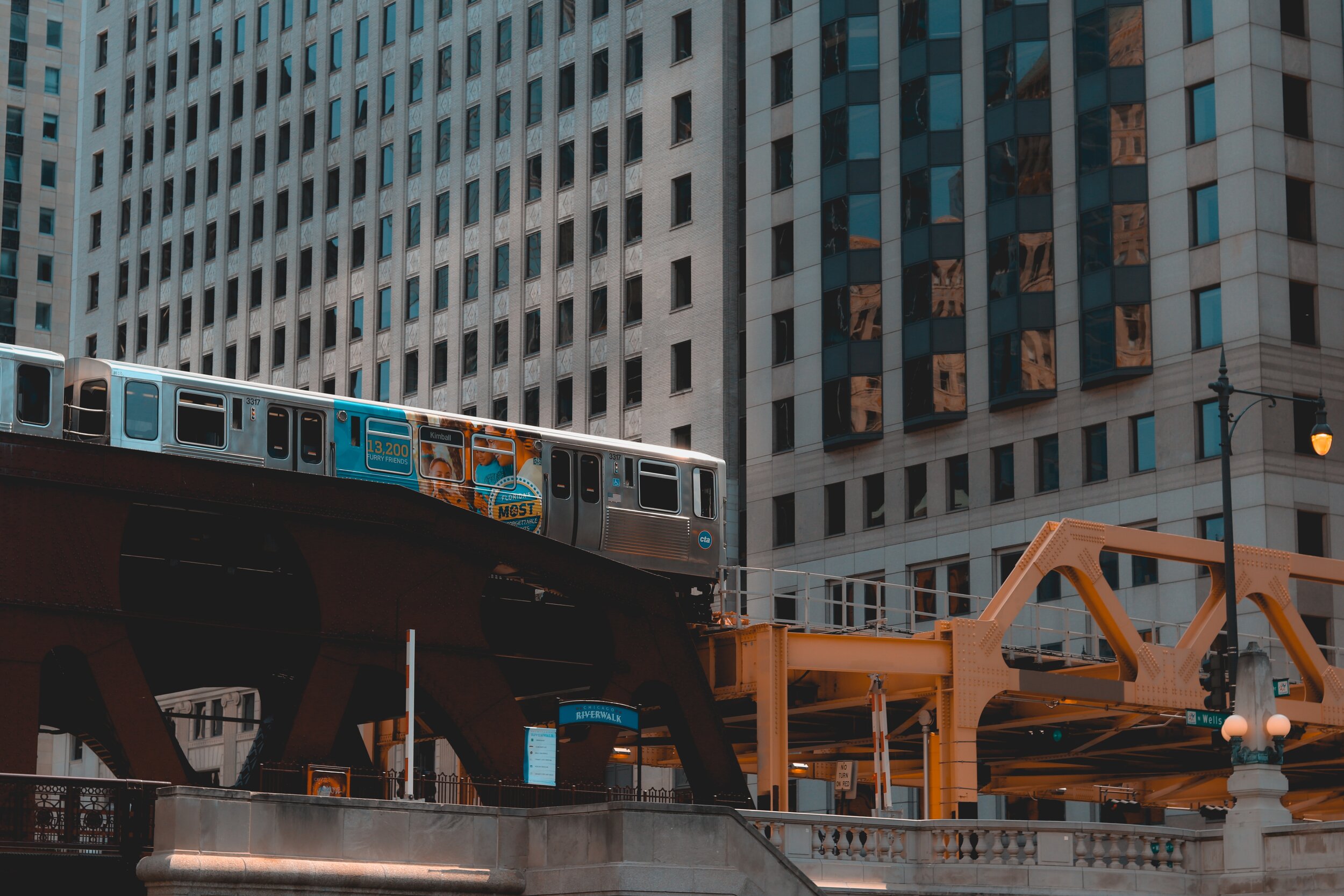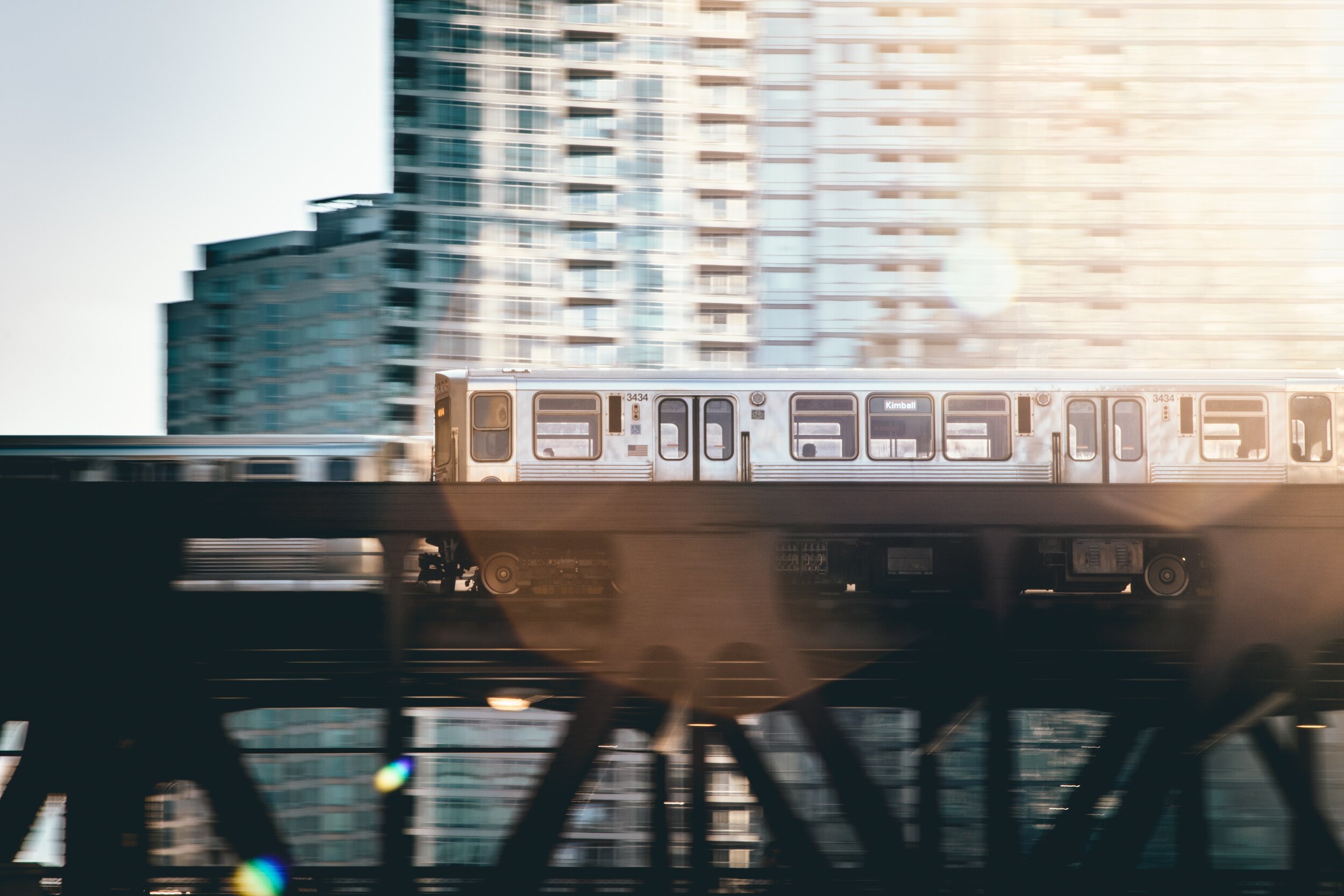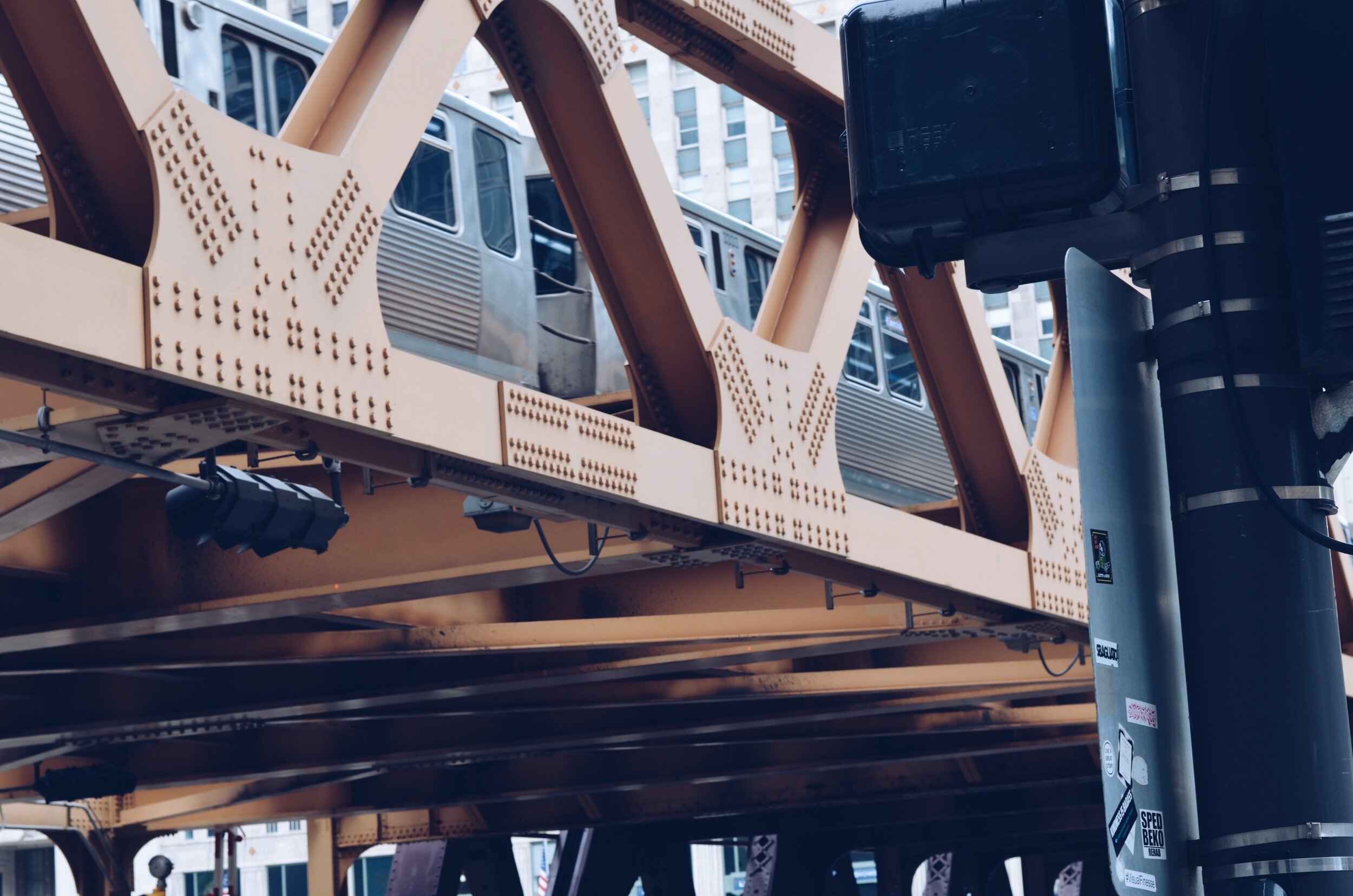Chicago is perhaps one of the most underrated among large American cities. The cradle of American architecture, the wellspring of the blues, the birthplace of house music, the city of neighborhoods and the home of the Cubs. Everyone of nearly 3 million Chicagoans has an entirely different view of what Chicago is to them—and that all depends on where they live. Unquestionably the Lake Michigan and the Chicago River give the city its unique geographic characteristic. But Chicago is not all, or even mostly, the lake. It is also world-class and avant-garde restaurants, towering skyscrapers, German beer halls, and above all, it is the friendliest big city with its trademark midwestern warmth. There is so much to discover and to appreciate in the unassuming Windy City.
We were very excited when we were asked to showcase Chicago to a group of active techies on an incentive trip. It turned out that most participants had already been to Chicago at some point in their lives. So, we had to unveil a “new” Chicago to impress them. To do that, for the group’s accommodation, we picked The Hoxton Chicago, in the ever-more popular-and-trendy West Loop neighborhood which has become the hub for the young and upwardly mobile millennials. The hip London-based mini-chain has a knack for anointing the just-hit-it-big neighborhood in every city it touches. Decked out in Mid-Century Modern furniture, with a window framing the tracks of the L, the sprawling lobby—always full of people—looks like a place where a wild and extravagant party could break out at any moment. Not to be missed is the curated book collections in every room chosen by a local celebrity.
The group’s arrival dinner was planned at Cabra, a Peruvian cevicheria, on the Hoxton’s rooftop. The restaurant, one of four owned by famed Stephanie Izard, the first woman to win Top Chef, is a breezy oasis decorated with leggy plants, carved llamas, bottles of pisco, and a rolling door leading to a pool.
A discovery of this fine city often starts in downtown—known by the locals as the Loop, so named for the circuit the elevated subway system (called the “L”) travels around it. Our first stop was the Millennium Park, home to Anish Kapoor’s Cloud Gate sculpture (known by the locals as “The Bean”). Across from the Bean, the brazen Crown Fountain spits water into a reflecting pool. Millennium Park is a walk across the winding pedestrian bridge to Lake Michigan, which looks more like an ocean.
The best way to get acquainted with the city is by river. From the top deck of one of many architectural boats, downtown’s high-rises loom like the cliffs of the imposing Grand Canyon. The boats cross under bridges (Chicago has the largest number of working bridges in the world), allowing a close-up view of buildings towering over the river making this city the architectural capital of the US.
For our first meal, we had to taste the famed Chicago deep-dish pizza. There is no shortage of eateries claiming they serve the “authentic” deep dish pizza. But it really comes down to taste. Our bet is on Gino’s East with its graffiti-covered walls and its celebrity status in the city.
For the afternoon, we planned a unique experience for the group: We reserved a private L train ride to the 104-year old Wrigley Field, which is one of two oldest ballparks in the country. The look on waiting passengers on the L stations as our private train rode by was priceless. Wrigley is a true neighborhood park, with skybox-style bleacher seats topping some of the surrounding apartment buildings. With a bag of Garrett Popcorn in hand, the group took their reserved seats. Garrett is also a Chicago a must in its own right, famous for its mouth-watering “Chicago mix”—of caramel and cheese.
To round up the evening, we herded the group to The Avery, which has become a shrine to the art of cocktail making. The bar is a magnet for cocktail connoisseurs and show-offs alike. On the recommendation of our knowledgeable bartender, everyone was treated to a “Jungle Bird” (a concoction of rum, pineapple and lime juices, and Campari layered over a pile of liquid-filled gelatinous balls that pop in your mouth) which turned out to be a hit.
Chicago is blessed with so many world-class museums and art institutions—among them the world-class Field Museum and the Art Institute of Chicago. But no trip to the city is complete without a homage to the city’s rich African American heritage. On Day 2, we started with one of the lesser-known black art institutions—the Stony Island Arts Bank. Once a south side bank building with impressive Neoclassical façade, the landmark building is now restored and repurposed into a cultural space and museum dedicated to the experiences of black people. Everything here is free and open to the public, including film screenings, live music, and DJ sets. It also houses the largest collection of records belonging to legendary Frankie Knuckles, the godfather of Chicago house music.
For the lunch on the go, we headed back to the West Loop and JP Graziano Grocery for a juicy Italian sandwich called Mr. G. JP is an icon in its own right. The sandwich shop has been in the Fulton Market in one form or another for over 80 years now.
Chicago is known, among other things, as the city of neighborhoods—each with its own distinct character. An incentive trip to this diverse city is not complete without a trip to one of the well-known neighborhoods—Logan Square. For the afternoon, we hop back on the L and head to this cool neighborhood. The group wonders around on their own for a while to discover what makes this neighborhood so interesting. The group then reassembles at Lost Lake for happy hour. The bar was named the best American Cocktail Bar last year by the Tales of the Cocktail Foundation. Marked by a stylized metal icon of a fish and a pink neon sign that says “Tiki,” Lost Lake feels like everyone’s favorite neighborhood bar.
Dinner time is approaching. We board our awaiting coach and head to another famous neighborhood—Lincoln Park, home of the 150-year old Lincoln Park Zoo and a very new Galit, the first restaurant that chef Zachary Engel, the winner of the James Beard Award for Rising Star Chef as chef de cuisine at New Orleans’s Shaya in 2017. The Middle Eastern spot is likely to win many awards in due course. Our hungry group is treated to a variety of sumptuous and somewhat exotic dishes they’ll be hard pressed to find elsewhere.
A moonlit night is in full swing and after that gastronomical experience, our group is ready for those comfy beds at the Hoxton—though some do drift away to local watering holes here and there.
Time flies when you are having fun. Day 3 is upon us already. Today is the departure day for most. So, we have to make the best of it—and there are many more neighborhoods to discover.
For a contrast, we head to a neighborhood called Pilsen. There’s no Hoxton hotel in Pilsen yet, but it wouldn’t be surprising if the company were scouting. The neighborhood, a longtime Latin community, has hit on the perfect blend of vintage shops, unfussy Mexican restaurants, museums, and hip bars to be intriguing to visitors, locals, and residents alike. We start at the National Museum of Mexican Art, where one can see a collection of 10,000 pieces of folk art, photographs, sculptures, and paintings for free. At Pilsen Vintage, one can grab some old Latin and house records thoughtfully curated by Charly Garcia of local DJ collective Sonorama; but we step into Taqueria Los Comales for authentic tacos al pastor. Had we had more time, we would have taken the group to Thalia Hall for sampling of its trademark draft cocktails and the nationally-recognized bands that play there. But that has to wait for the next trip.
Before we return the group to the airport for their evening departures, we still had one more stop: Bassment in River North, a chichi underground venue, known for its live music scene. Sadly, we did not have enough time to sit back on the bar’s old leather couches and enjoy some surprisingly good local talent. But that too has to wait for the next trip to this amazing city.




